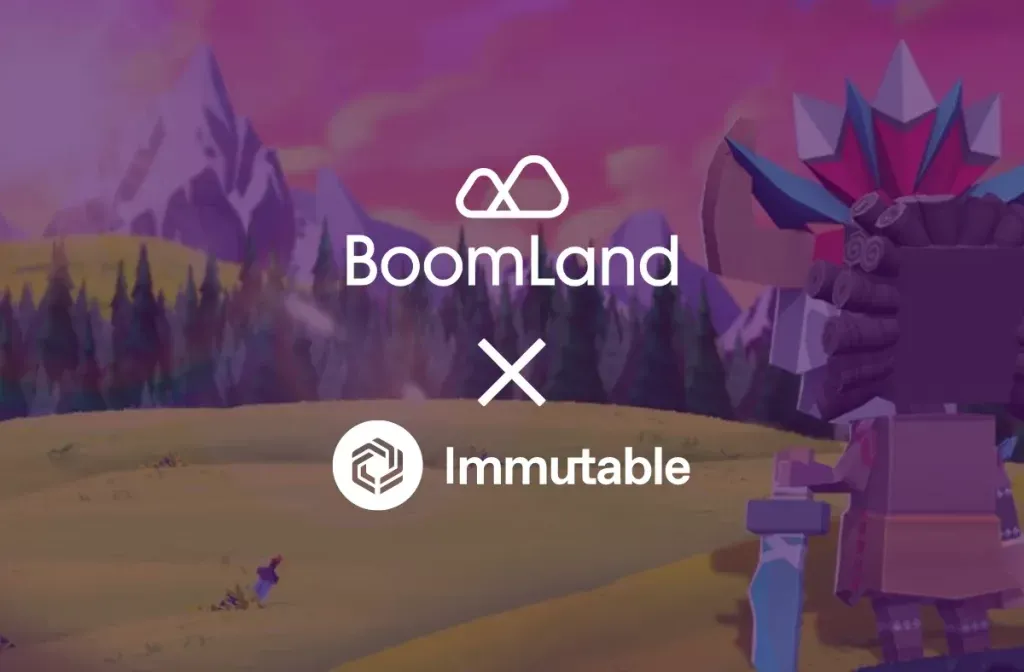As the gaming industry continues to evolve, blockchain technology has emerged as a transformative force. Among the various applications of blockchain, fully on-chain games (FOCGs) stand out for their unique approach. Unlike most web3 games, which use blockchain mainly to track digital asset ownership, FOCGs leverage it as a decentralized computing platform.
This shifts the role of the blockchain to one that governs game logic and state, making it comparable to traditional game servers. With continuous technological advancements, this innovative approach is gradually overcoming the inherent challenges associated with blockchain, such as high costs and slow processing times.
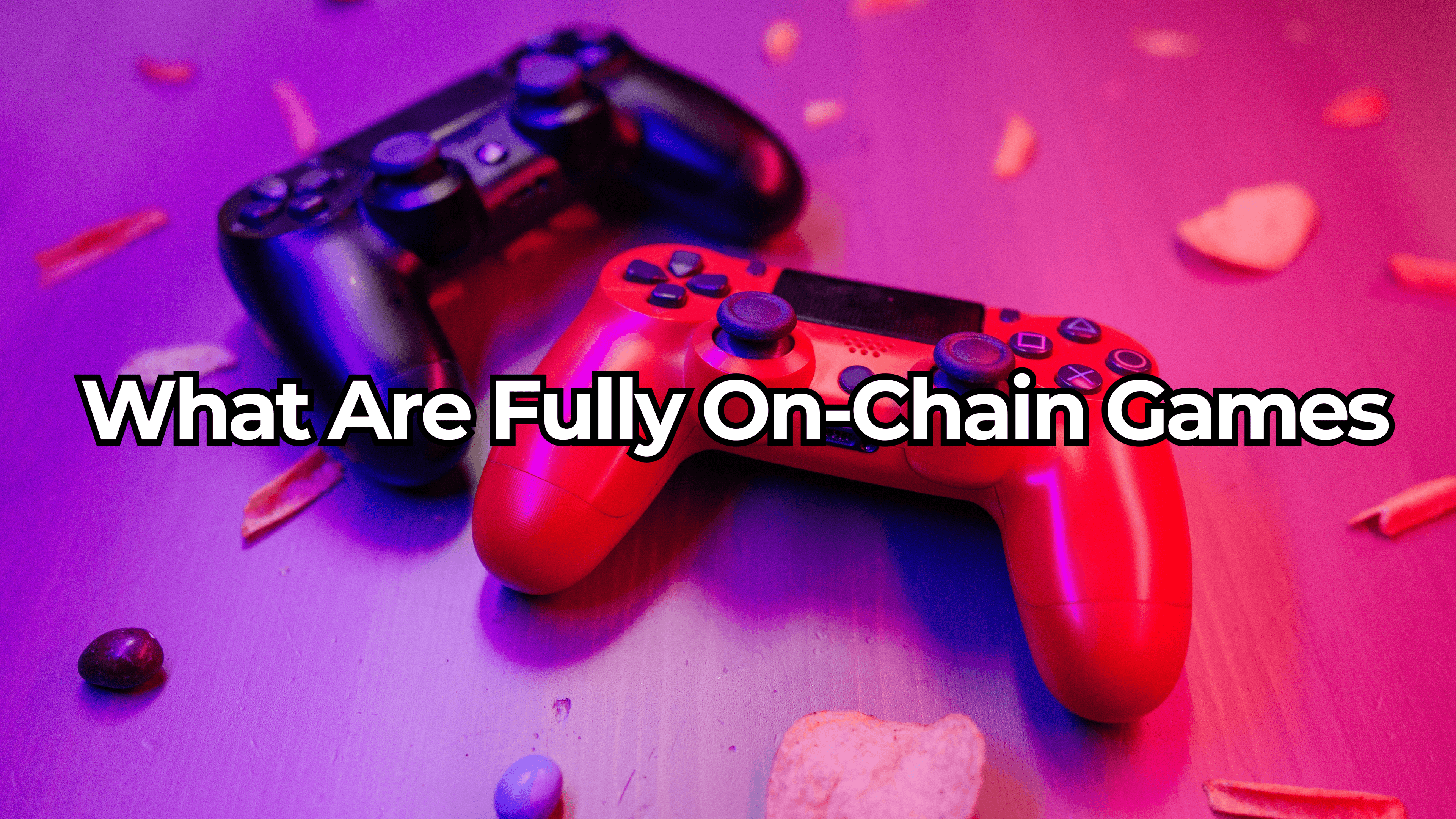
What Are Fully On-Chain Games
Key Takeaways
- FOCGs utilize blockchain as a decentralized computing platform, unlike most web3 games that use it to track asset ownership.
- These games are decentralized, autonomous, and can potentially revolutionize game development and user-generated content.
- FOCGs represent a "hard form" application of web3 technology, facing early-stage challenges but with the potential for exponential technological growth.
- Improvements in blockchain infrastructure and development frameworks are making FOCGs more viable for the future.
Fully On-Chain Games
FOCGs distinguish themselves by operating entirely on the blockchain. Game logic, mechanics, and states are permanently recorded on-chain, creating games that are decentralized, autonomous, and permissionless. This permanence ensures that FOCGs exist indefinitely, solely governed by their coded rules, giving rise to what some describe as "Autonomous Worlds."
One of the key affordances of FOCGs is their potential to drive business model innovation, enabling the creation of new genres and game experiences. The decentralized nature of FOCGs also allows for the monetization and expansion of user-generated content (UGC), which has historically fueled some of the biggest successes in the gaming industry.
This opens up nearly limitless opportunities for creativity and gameplay variety. While FOCGs are still in their infancy, the broader implications of their technology suggest they could be a driving force for future shifts in the gaming industry.
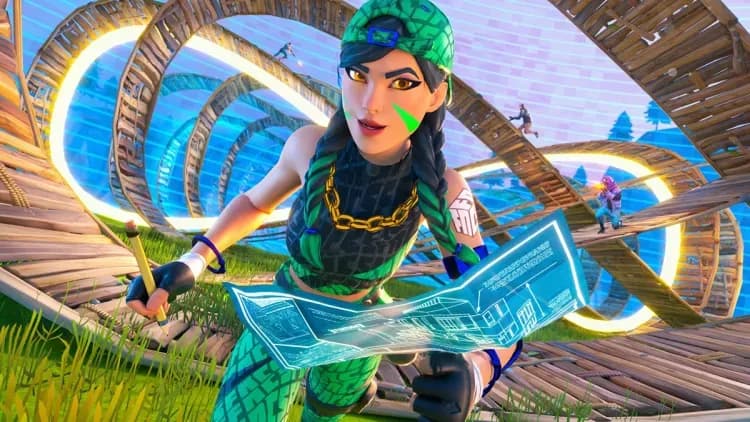
User-Generated Content (UGC) in Web2 Game
Soft vs. Hard Applications of Technology
New technologies typically manifest in two forms: soft and hard applications. Soft form applications offer incremental upgrades to existing products, while hard form applications embrace the full potential of emerging technology, often at the expense of practicality in early stages.
For example, early versions of hard-form applications like the iPhone faced significant limitations but eventually revolutionized the market. Similarly, FOCGs can be seen as a hard-form application of blockchain technology. Unlike many web3 games today that primarily focus on tracking ownership of assets (a soft form application), FOCGs fully utilize blockchain capabilities to create decentralized, autonomous game environments.
While FOCGs face initial challenges like high costs and slow performance, the historical trend of exponential technological advancements suggests these obstacles could diminish over time. Just as the iPhone evolved beyond its early limitations, FOCGs may evolve into a mainstream gaming solution.
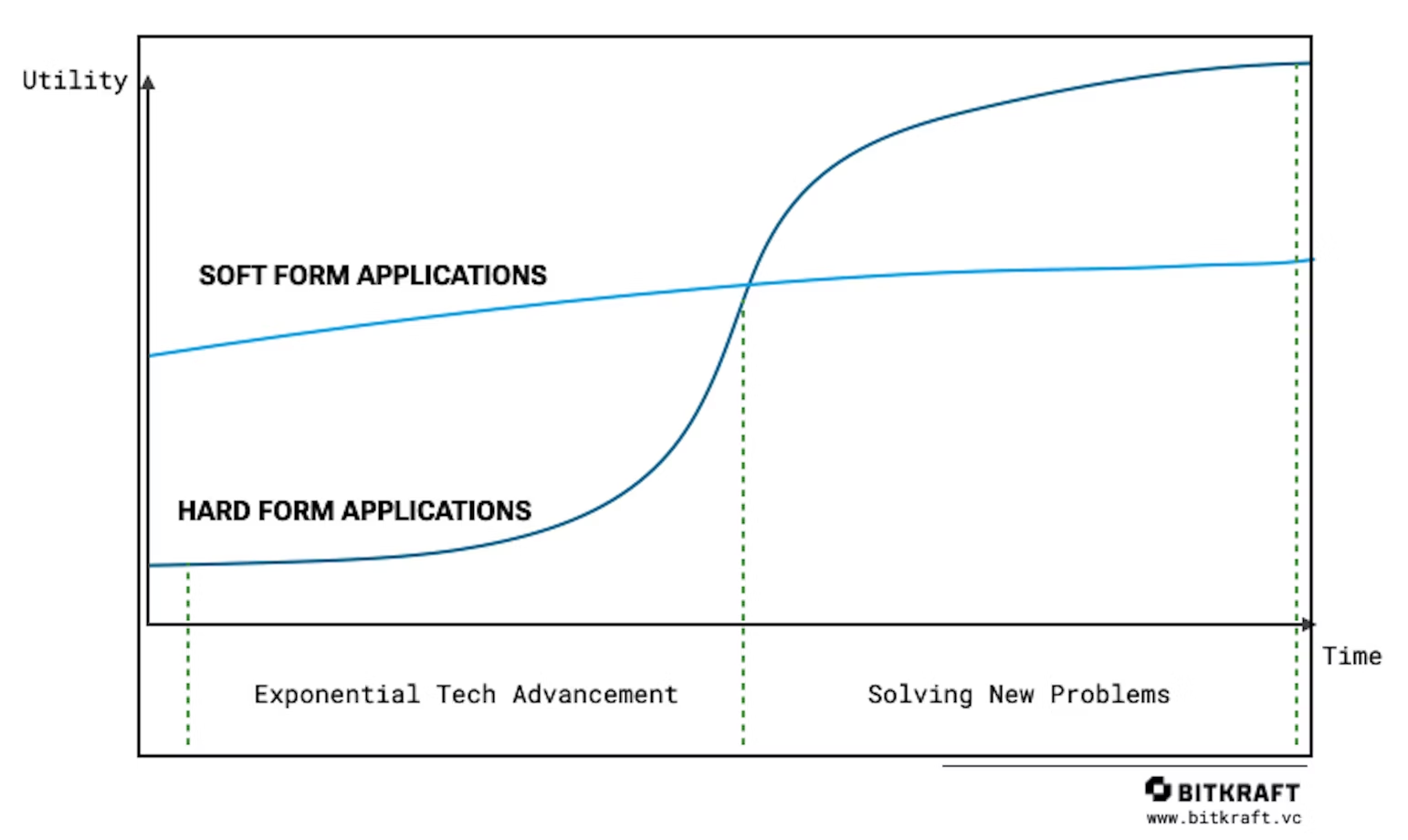
Soft Form vs Hard Form Applications
Going Beyond Ownership
Many web3 games today use blockchain to offer players "True Digital Ownership" of in-game assets. This allows players to trade and sell assets freely, often financializing the gaming experience. Although this brings added value to specific genres like collectible card games and extraction shooters, the underlying gameplay remains unchanged. This approach can be classified as a soft-form application of blockchain technology to gaming.
FOCGs, on the other hand, represent the hard form application of web3 to games. Rather than merely tracking ownership, FOCGs embed the entire game logic on-chain, with no reliance on traditional servers or databases. This creates a fully decentralized gaming experience, potentially paving the way for entirely new types of games.
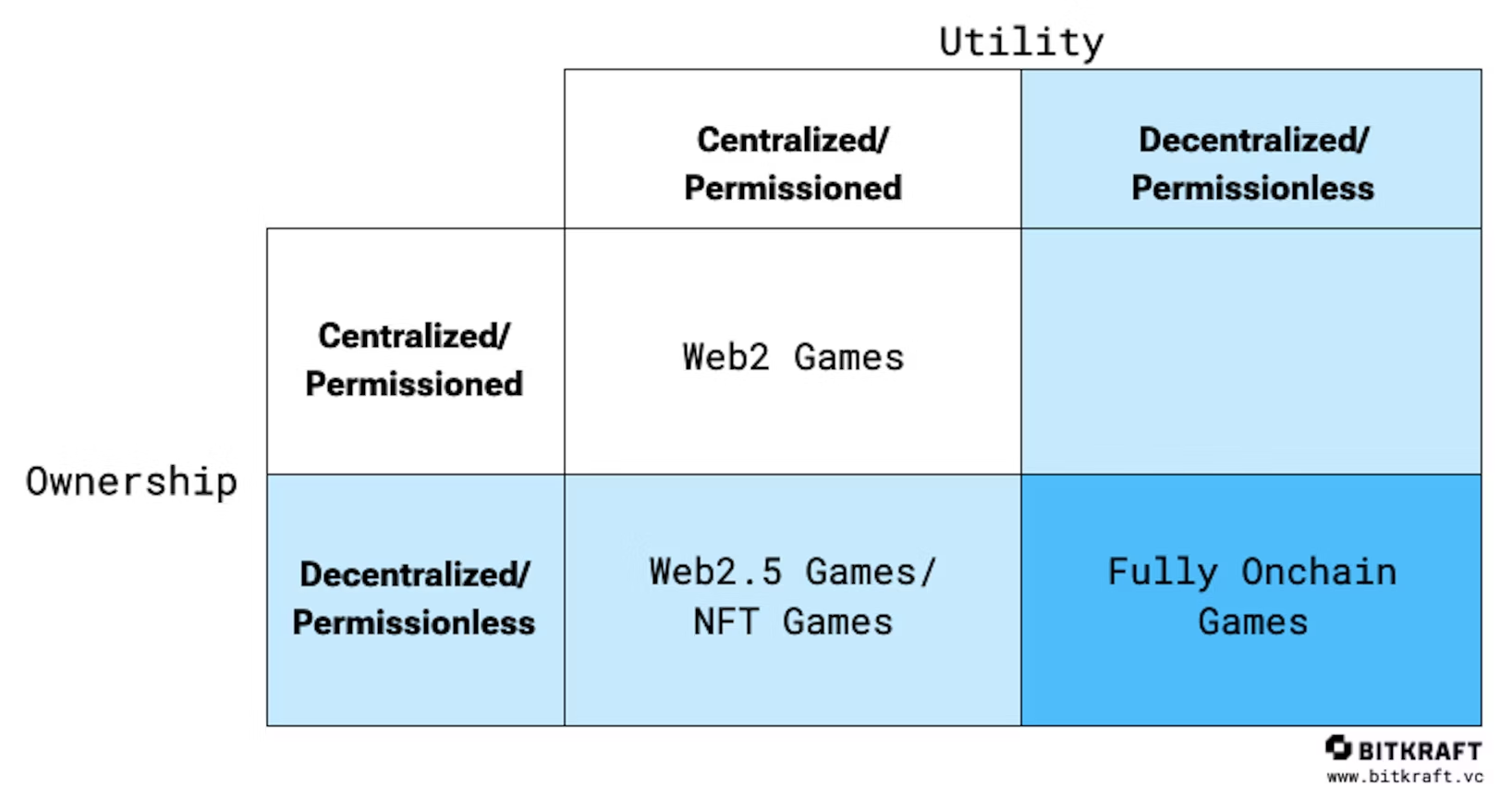
Utility vs Ownership
Overcoming the Challenges of FOCGs
Like other hard-form applications, FOCGs come with several challenges, primarily due to the limitations of blockchain infrastructure. High transaction fees, latency issues, and the need for rapid response times in fast-paced games make it difficult for FOCGs to achieve mainstream appeal. Currently, many FOCGs are designed around slower gameplay mechanics or operate on testnet blockchains to avoid these issues.
However, blockchain technology is rapidly improving. Solutions like sharding and rollups are making blockchains more efficient, while game-centric execution environments are being developed to handle the specific needs of on-chain games. For example, early FOCG development by studios like Playmint saw moves in games costing as much as $20. Today, similar actions cost less than a penny, reflecting the technological strides made in just a few years.
In addition to infrastructure improvements, open-source development frameworks like MUD and Dojo are making it easier for developers to build on-chain games. These frameworks simplify the process of developing decentralized games, similar to how engines like Unity and Unreal have revolutionized traditional game development. As these tools mature, they will further lower the barrier to entry for creating FOCGs, enabling developers to innovate more quickly.
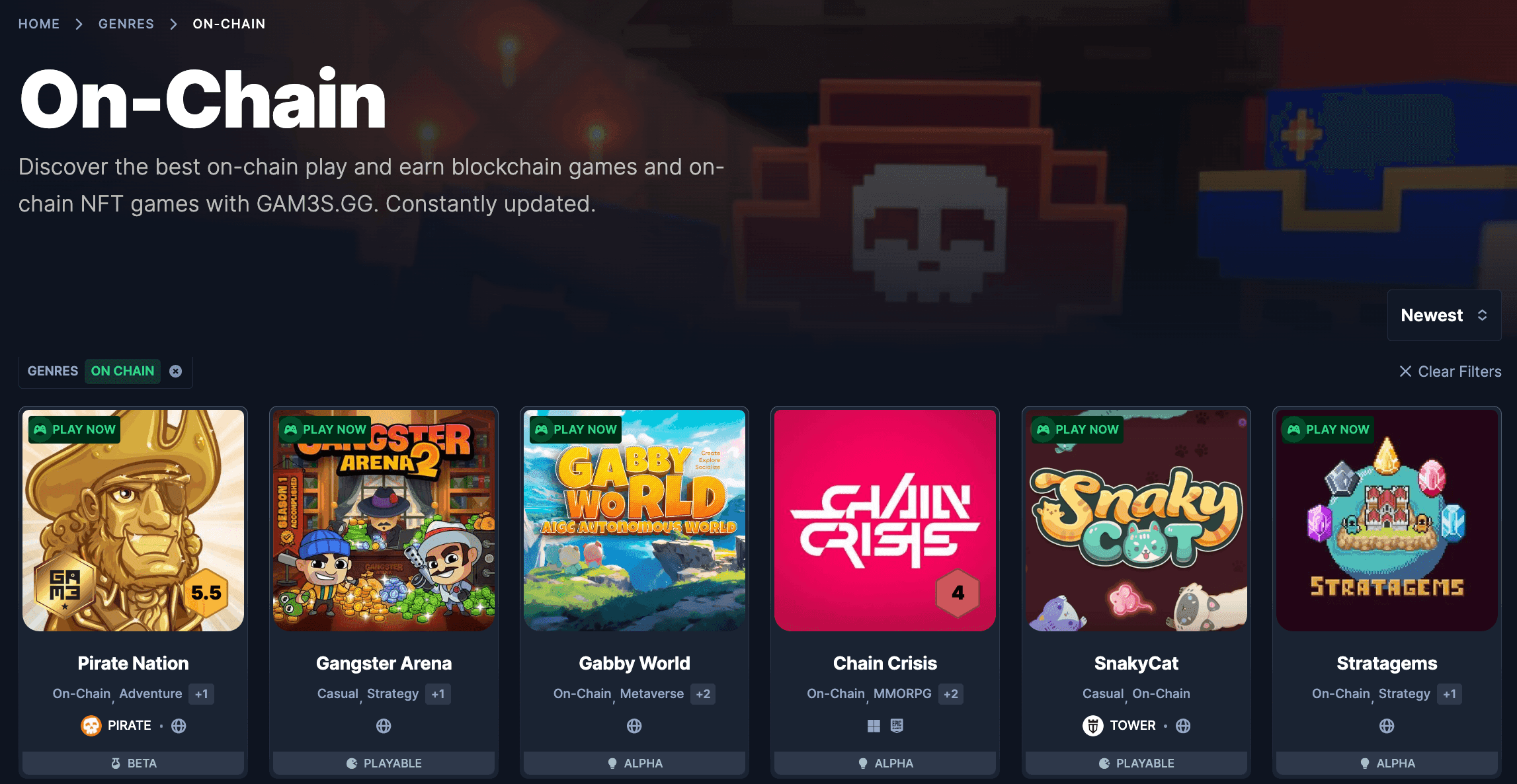
Examples of On-Chian Games Listed on GAM3S.GG
The Future of Fully On-Chain Games
The trajectory of fully on-chain games suggests that as technology progresses, many of the current limitations will be overcome. Improvements in blockchain performance and the rise of specialized development tools could help FOCGs scale to broader audiences, making the decentralized gaming experience seamless for players.
FOCGs may still be a niche category today, but their potential to reshape the gaming industry is evident. By offering new ways to create, play, and monetize games, FOCGs could mark a major platform shift for gaming in the web3 era. As the gaming industry continues to embrace web3 technology, FOCGs could become a leading force in shaping the future of decentralized gaming experiences. You can read the full report by Bitkraft here.
Frequently Asked Questions (FAQs)
What are fully on-chain games?
Fully on-chain games are blockchain-based games where all game logic, assets, and data are stored and executed directly on a blockchain. Unlike traditional games that rely on centralized servers, these games operate entirely on-chain, ensuring transparency, decentralization, and immutable gameplay.
How do fully on-chain games differ from traditional blockchain games?
Traditional blockchain games often store only assets such as NFTs or tokens on-chain while the game logic runs on centralized servers. Fully on-chain games store both assets and logic on the blockchain, providing complete decentralization and verifiable fairness in gameplay.
What are the benefits of fully on-chain games?
Fully on-chain games offer transparency as every move, action, or transaction is publicly verifiable on the blockchain. They provide enhanced security since assets and game logic cannot be tampered with, true ownership of in-game assets for players, and longevity because the game continues to function even if the original developers leave.
What challenges do fully on-chain games face?
These games can involve high gas costs since executing complex logic on-chain can be expensive. Performance limitations exist because blockchain networks are slower than centralized servers. Additionally, fully on-chain development requires advanced blockchain programming skills.
Which blockchain platforms support fully on-chain games?
Ethereum, Polygon, Solana, and other smart contract-enabled blockchains are popular for fully on-chain games. Emerging Layer 2 solutions help reduce transaction costs and improve scalability, making on-chain gameplay more accessible.
Can fully on-chain games integrate NFTs and cryptocurrencies?
Yes, fully on-chain games often use NFTs for characters, items, or collectibles, and cryptocurrencies for in-game transactions, rewards, and staking. Since all assets are stored on-chain, players have true ownership and the potential for cross-game interoperability.
Are fully on-chain games suitable for casual gamers?
While they offer unique advantages like transparency and asset ownership, fully on-chain games can have a steeper learning curve due to blockchain transactions, wallet setups, and gas fees. Some games are designed to be more user-friendly to appeal to casual gamers.
How can someone get started with fully on-chain games?
Start by setting up a compatible crypto wallet, such as MetaMask, then explore on-chain game marketplaces and communities. Beginner-friendly games can help users learn the basics of transactions and gameplay, while community forums provide guidance on strategies and maximizing benefits.
What is the future of fully on-chain games?
Fully on-chain games are expected to grow alongside blockchain technology, Layer 2 scalability solutions, and cross-chain interoperability. They have the potential to redefine gaming economics, digital ownership, and the play-to-earn model.


